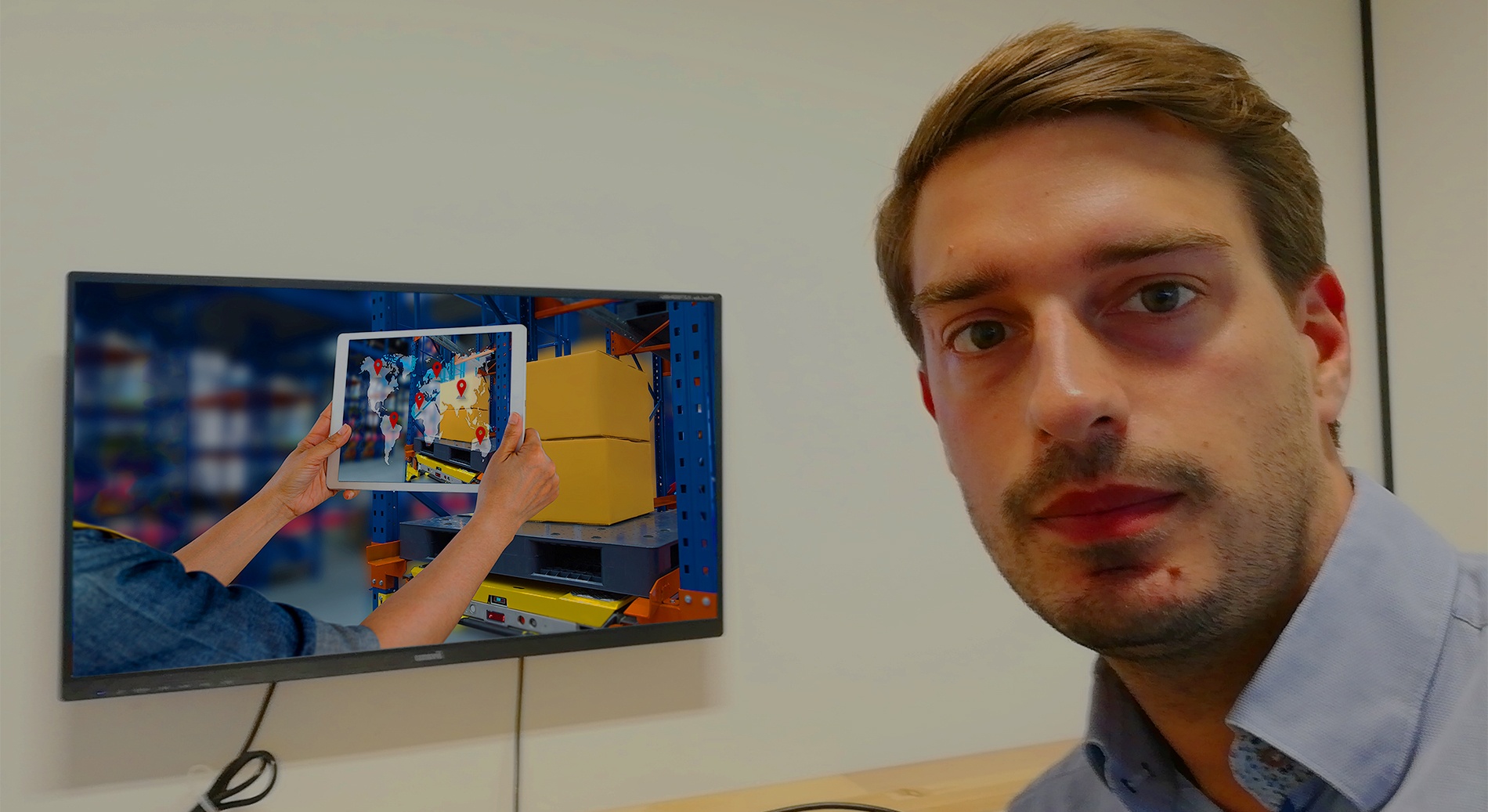
That’s the main theme of the Arkieva Customer Appreciation and S&OP Summit, to be held from October 22 till October 24 in Wilmington (US). At the conference of our S&OP software partner, my colleagues will speak about how intelligent systems can help to turn supply chains into a competitive advantage. Over the past few years, Solventure has invested heavily in making the supply chain organization smarter, and focused thereby on three elements of innovation:
The need for a strategic canvas
Today, to win the customer’s heart, organizations need to be constantly at the cutting edge. Organizations that want to transform are typically re-evaluating their mission and vision, and are questioning the strategic choices of the past and the future. But those strategic choices have also a significant impact on the supply chain strategy and will lead to different supply chains. Successful supply chain oriented organizations share best practices so that the supply chain and overall company goals are aligned. However, I still often see organizations that set a specific goal, for example to decrease their working capital by 15%, without making a thorough analysis of the KPIs or financial metrics, e.g. the Return on Capital Employed (ROCE), or without a link to the overall strategy.
The recently developed module ‘Strategic Benchmarking’ in Arkieva can offer a solution here. The tool – also available as a SaaS offering – helps to compare your organization with your peers in the market on a correct basis. Thereby taking into account the chosen strategy: customer intimacy, operational excellence or product leadership and linking this to key metrics.
If you want more information about how to use benchmarking data to roll out a smart supply chain strategy, then read the blog of our CEO Bram Desmet: ‘ Strategic benchmarking: are you a S&OP leader or part of the peloton?’
Enhancing supply chain efficiency
In a world that is overwhelmed with data, data integration is crucial for making efficient supply chain decisions. There are, incidentally, two types of data streams: internal and external data. Classic internal data integration happens with ERP, CRM, BI systems, etc. We have data connectors and specific templates to support this. By knowing beforehand which fields of e.g. SAP we need to integrate with, we can speed up the integration. That way, the integration is an enabler instead of a difficult threshold to take.
On the other hand, I’ve noticed the emergence of integration with external sources. In the FMGC-sector, for example, Sentiment Analysis of social media feeds can help to better predict the demand. The British retailer Lush Cosmetics was the first Arkieva-customer to use this module successfully. Point of Sales (POS) data, if you have it, is priceless.
In the B2B domain, integration with supplier data can help to avoid the bullwhip effect. However, to be able to control the swings in inventory in response to shifts in customer demand as one moves further up in the supply chain, powerful tools with data integration possibilities won't suffice. Usually, these processes block on trust and transparency. From my own experience, I would estimate that just 10% of global organizations have already unlocked their data for the entire supply chain. Even though the supply chain director himself is aware of the bullwhip effect and willing to exchange data, he also must convince the internal organization. Take Purchasing for example: they are usually focused on obtaining the best terms & conditions, not necessarily on obtaining the best cooperation.
Learn, adapt and predict
Companies that already have a certain supply chain maturity can make their supply chain even more intelligent by using advanced decision models such as leading indicator forecasting, advanced predictive analytics that add intelligence to your forecasts. Leading indicator forecasting goes beyond your historical data by correlating your data set with global indicators that are following a same business cycle as your sales. Therefore, we rely on our big data cloud with aggregated data from diverse open source data providers, like OECD (Organization for Economic Co-operation and development) or FRED (US Federal Reserve Economic Data).
The model plays different indicators against each other and selects the best indicators to explain as much uncertainty as possible. Leading indicator forecasting is thereby dynamic and self-learning, which increases the forecast accuracy steadily over time. I’m a firm believer that this kind of Artificial Intelligence in the supply chain is a real differentiator. Businesses that succeed in adapting cognitive systems that are driven by data to facilitate real-time, justified responses to changes in the marketplace, will stay ahead of their competitors.
Enable and engage
To further initiate improvement in your supply chain every one of the team needs to understand the upcoming challenges. Support of the team is crucial, communication is key. The strength of intelligent supply chain lies within the ability of an organization to enable and engage their employees making sure they understand their similarities, differences and synergies between their role and their colleagues’ roles.
Each step in building a more intelligent supply chain requires a combination of techniques and advanced knowledge. Therefore Solventure has made it his mission to become a long-term partner with companies to ensure our clients turn their supply chain into a competitive edge.
As you can tell, I’m definitely looking forward to the Arkieva Customer Appreciation and S&OP Summit!
These Stories on Executive S&OP